Cargo netting is essential for securing loads during transport, storage, or construction. Our durable, high-strength nets are widely used in shipping containers, trucking, aviation, and military logistics, ensuring safety and preventing shifting or damage. Whether you need to cover loose cargo on a flatbed or protect goods in transit, our nets offer reliable load containment with flexibility for various industries.
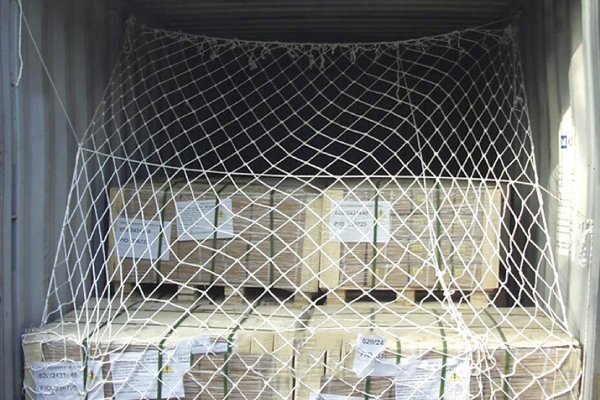
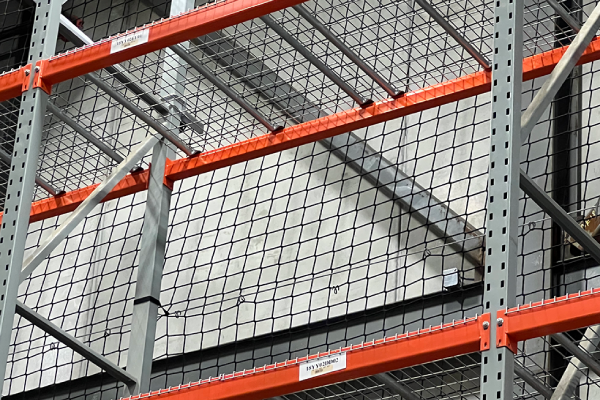
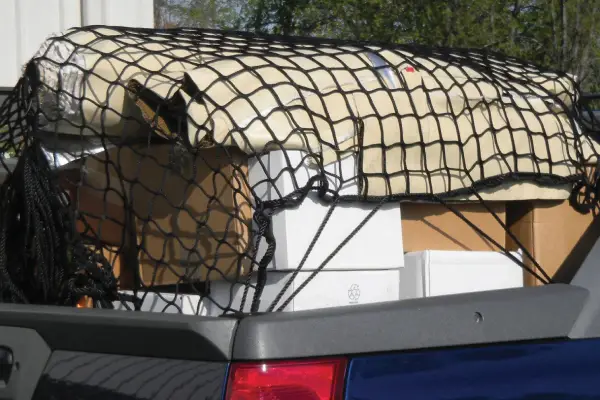
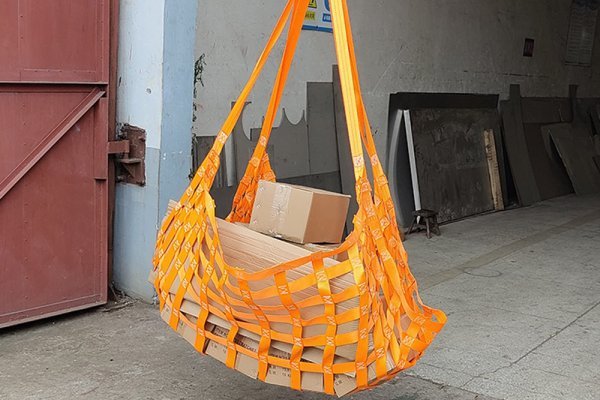
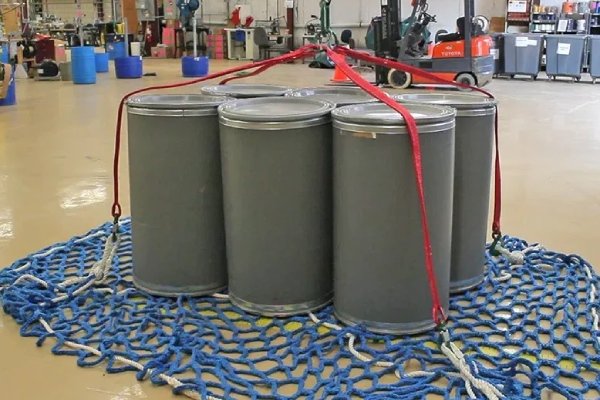
Our cargo nets undergo rigorous SGS/TUV testing, ensuring high tensile strength and UV resistance even under harsh weather. Unlike flimsy alternatives, our double-braided polyethylene or nylon construction resists fraying, chemicals, and abrasion—perfect for long-haul logistics or military use where failure isn’t an option.
One size doesn’t fit all. We offer OEM/ODM customization—adjust mesh density, colors, or add your logo. Need a net for irregularly shaped machinery? Our team designs precise dimensions and reinforced edges to match your exact requirements, minimizing load shift and maximizing safety.
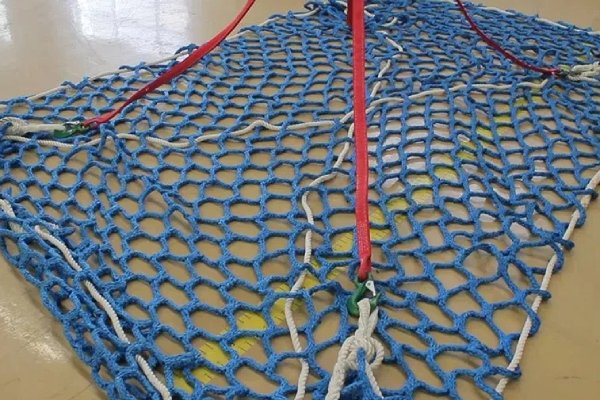
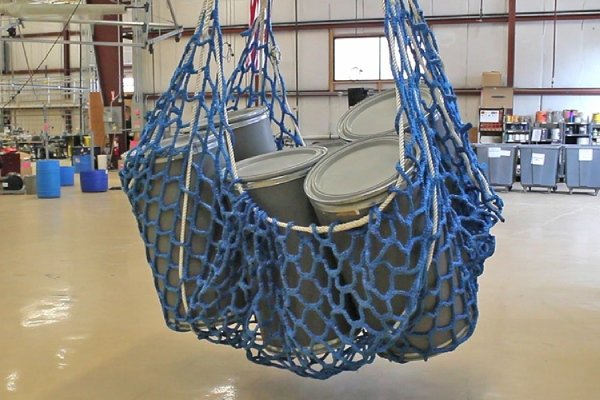
With 5,000㎡ of stocked inventory and partnerships with DHL/FedEx, we ship within 15–20 days, even for small batches. No waiting for months—just reliable, on-time delivery to keep your operations running smoothly.
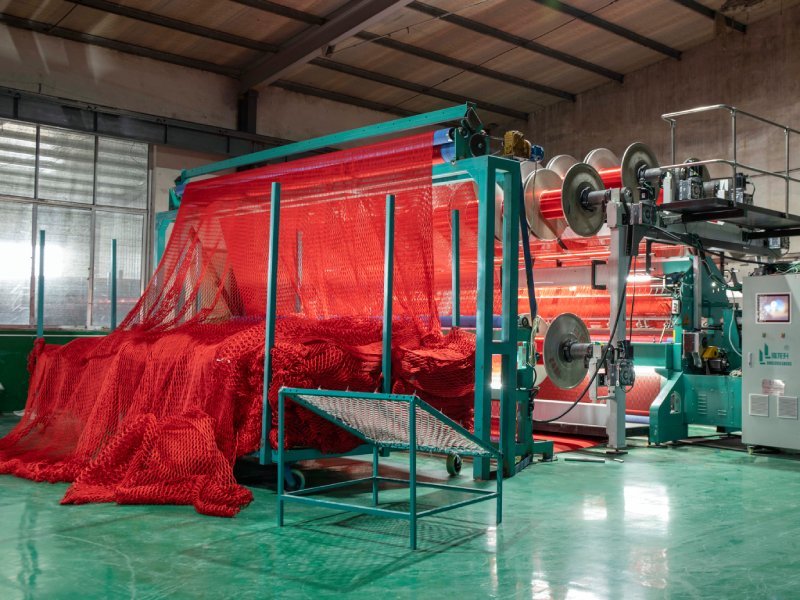
Looking for high-performance divider netting and safety netting solutions that combine durability, safety, and customization? Wenneting is your trusted partner! With 25+ years of expertise in manufacturing premium sports barrier nets, batting cages, and industrial safety nets, we help gyms, warehouses, children’s playgrounds, and sports facilities enhance safety, optimize space, and reduce costs.
Cargo netting is a versatile and essential tool for securing loads during transportation, offering safety, durability, and adaptability across various industries. From securing cargo in pickup trucks to ensuring safe transport in aviation and military operations, cargo nets are indispensable for both professional and personal use. This comprehensive guide explores the types of cargo netting, their applications, customization options, and detailed installation instructions to help you choose and use the right cargo net for your needs.
Cargo netting is a specialized system made from durable, flexible materials designed to secure loads during transport. Unlike traditional tie-down methods like ropes or bungee cords, cargo nets provide even coverage, ensuring stability and safety for a wide range of cargo types. They are constructed from materials such as polyester, nylon, polypropylene, or Kevlar, with various attachment points like hooks, grommets, or D-rings to secure them to vehicles or other structures. Cargo nets are used in industries ranging from trucking and aviation to recreational activities like camping and off-roading.
The primary benefits of cargo netting include:
This guide will dive into the different types of cargo netting, their applications, customization options, and how to install them properly to maximize their effectiveness.
Cargo netting comes in various forms, each designed for specific applications and load requirements. The choice of netting depends on the material, construction, and attachment options. Below are the primary types of cargo netting available:
Polyester is the most common material for cargo nets due to its strength, low elasticity, and resistance to UV rays, abrasion, and water. These nets are ideal for heavy-duty applications where minimal stretch is required to keep cargo secure.
Polyester nets are less elastic than nylon, making them ideal for rigid load security but less suitable for irregularly shaped cargo.
Nylon is known for its high tensile strength and elasticity, allowing it to stretch under pressure. This makes nylon cargo nets suitable for securing uneven or bulky loads.
Nylon nets are less durable in prolonged outdoor conditions due to UV degradation but are excellent for flexible load securement.
Polypropylene is a lightweight, cost-effective material suitable for light-duty applications. It is water-resistant but less strong than polyester or nylon.
Polypropylene nets are budget-friendly but not recommended for heavy or long-term outdoor use.
Kevlar is an ultra-durable, high-strength material used for specialized applications requiring extreme durability and resistance to wear.
Kevlar nets are expensive but offer unmatched durability for high-stakes applications.
Bungee nets are made from elastic cords, providing flexibility to accommodate bulky or irregularly shaped cargo. They are typically used for lighter loads.
Bungee nets are less durable than webbing nets and are not suitable for heavy or high-speed transport.
Cargo nets can be constructed as knotted or knotless, affecting their strength and flexibility.
Both types are available in various materials and are chosen based on aesthetic and functional needs.
Cargo netting is used across a wide range of industries and scenarios due to its versatility and reliability. Below are some key applications:
Cargo nets are widely used in the trucking industry to secure loads in flatbed trailers, enclosed trailers, and pickup truck beds. They prevent cargo from shifting or falling, ensuring compliance with safety regulations and reducing the risk of fines for unsecured loads. Heavy-duty polyester or Kevlar nets are common for commercial fleets, while bungee or polypropylene nets are popular for personal vehicles.
In aviation, cargo nets are critical for securing cargo in aircraft holds. Kevlar or polyester nets are used to withstand the stresses of flight and ensure cargo remains stable during turbulence. Custom nets are often designed to fit specific aircraft models, such as Cessna cargo holds.
Military applications require robust cargo nets, often made from Kevlar or heavy-duty polyester, to secure equipment on tanks, Hummers, or transport vehicles. These nets are designed to meet stringent U.S. Military standards and can handle extreme conditions.
Cargo nets are popular for personal vehicles like SUVs, vans, and pickup trucks, especially for outdoor enthusiasts. They are used to secure camping gear, sports equipment, or luggage during road trips or off-road adventures. Bungee nets are particularly common for their ease of use and flexibility.
In warehouses, cargo nets are used for safety and organization, such as securing items on shelves or creating barriers to prevent falls. Custom nets can be tailored to fit specific storage systems or equipment.
Beyond traditional uses, cargo nets are employed in creative ways, such as obstacle course climbing walls, fire truck hose bed covers, or even zoo exhibit barriers. Their versatility allows for innovative applications in various fields.
Custom cargo nets are designed to meet specific needs, offering flexibility in size, material, hardware, and configuration. Below are key customization options to consider:
Choose from polyester, nylon, polypropylene, or Kevlar based on the application. For outdoor use, polyester or Kevlar is recommended for UV and weather resistance. Nylon is better for flexible, indoor applications, while polypropylene suits light-duty needs.
Webbing widths typically range from 1 to 2 inches, with wider webbing offering greater strength. Mesh sizes (e.g., 2, 4, or 8 inches) determine the net’s ability to secure small or large items. Smaller mesh sizes are ideal for loose cargo, while larger meshes suit bulky items.
Attachment options include:
Custom hardware can be fabricated for unique applications, such as military or aviation needs.
Custom nets can be tailored to fit any vehicle or cargo space, from small SUV cargo areas to large flatbed trailers. Provide precise measurements of the cargo area or load to ensure a perfect fit.
Many manufacturers offer color options like black, olive drab, or bright colors like red and blue. Some allow branding with logos or specific color schemes to match company aesthetics.
To order a custom net, contact manufacturers like US Cargo Control, US Netting, or Gladiator Cargo Nets, providing details on size, material, hardware, and application. Many offer free quotes and engineering drawings to ensure the net meets your specifications.
Proper installation is critical to ensure a cargo net performs effectively. Below is a step-by-step guide to tying a cargo net onto a truck or trailer, based on industry best practices.
Select a net that matches your vehicle and cargo needs. Consider:
For custom nets with unique configurations, consult the manufacturer’s instructions or contact their support team for guidance.
To select the ideal cargo net, consider the following factors:
If you’re unsure about your needs, contact a reputable supplier like US Cargo Control, US Netting, or Gladiator Cargo Nets for expert advice. Many offer consultation services to design the perfect net for your application.
To ensure longevity and safety, maintain your cargo net with these tips:
Cargo netting is a critical tool for securing loads across various industries and personal applications. With options like polyester, nylon, polypropylene, Kevlar, and bungee nets, you can find or customize a net to meet your specific needs. From trucking and aviation to recreational and creative uses, cargo nets offer unmatched versatility, safety, and ease of use. By understanding the types, applications, customization options, and proper installation techniques, you can ensure your cargo remains secure and your operations run smoothly.
For custom solutions, reach out to trusted manufacturers like US Cargo Control, US Netting, or Gladiator Cargo Nets to design a net tailored to your requirements. With the right cargo net and proper installation, you’ll have peace of mind knowing your load is safe, no matter the journey.
We use UV-stabilized polyethylene or nylon for durability. Military-grade options include flame-retardant coatings.
Yes! Mesh ranges from 2" to 12", with break strengths from 500kg to 5,000kg+
ISO 9001 certified + SGS/TUV tested for load capacity, UV, and abrasion resistance.
20–30 days for 1-ton+ orders, but stocked items ship in 15 days.
Free samples for key clients—just cover shipping.
Batch testing—every net undergoes tensile and tear tests before shipping.
Yes! Screen printing or woven labels for branding.
3–8+ years outdoors, depending on use. We offer 2-year warranties on select products
Every project tells a story of trust. We’ve supplied custom cargo nets for aviation giants, military contractors, and global logistics firms—each designed to withstand unique challenges. From fire-retardant nets for oil rigs to lightweight mesh for retail shipping, our solutions are proven in the field. Your load security is our legacy.More Projects

25-Years Expertise in Safety Nets & Divider Netting | OEM/ODM Custom Colors/Logo | ISO9001 Certified | Fast 15-Day Delivery | 8,000 Ton Annual Output
Signup our newsletter to get update information, news & insight